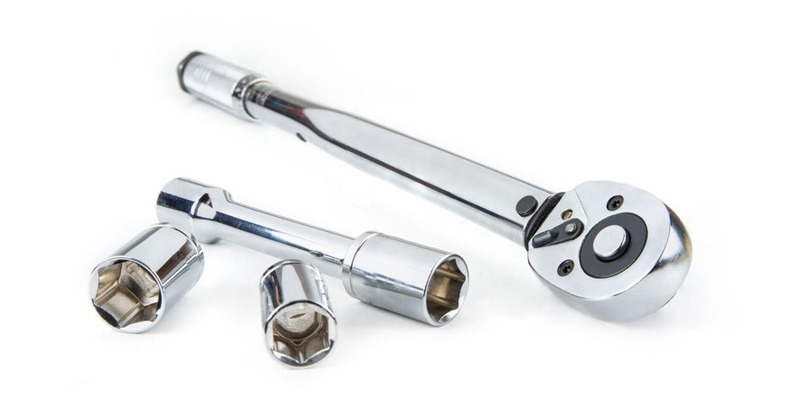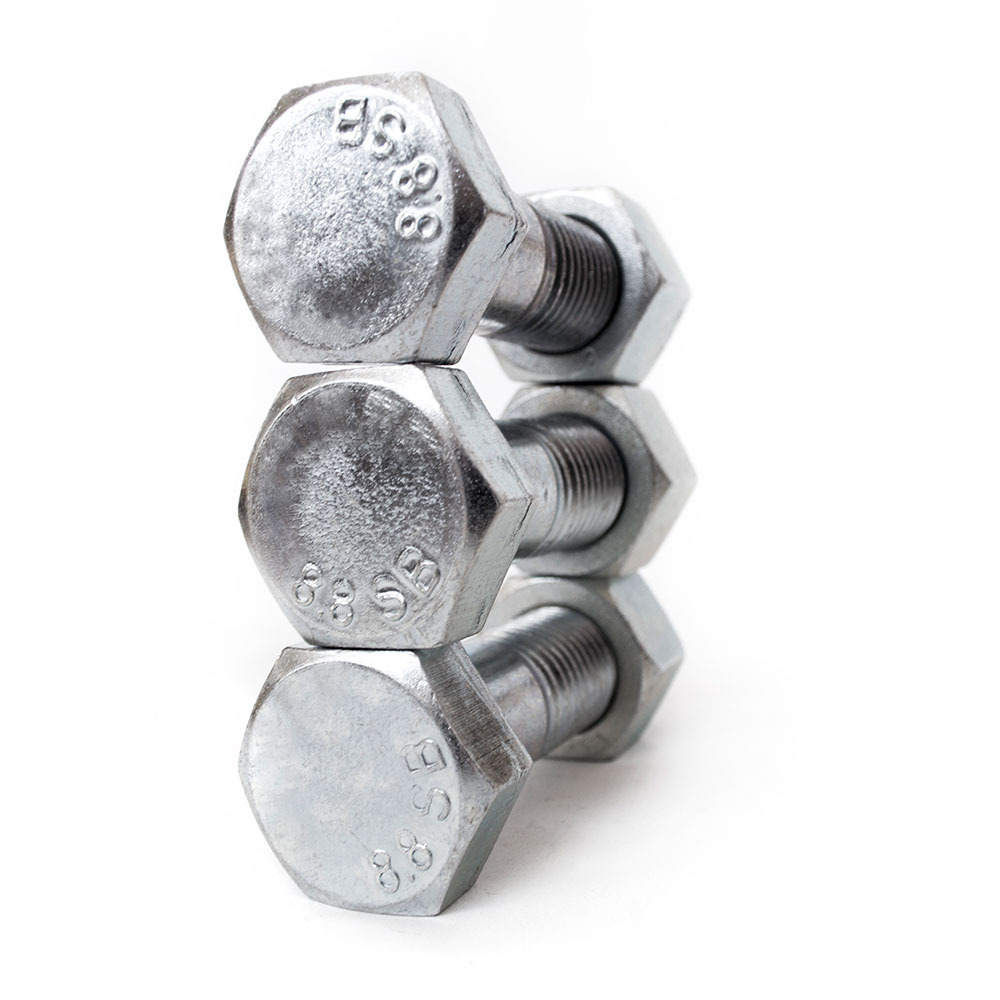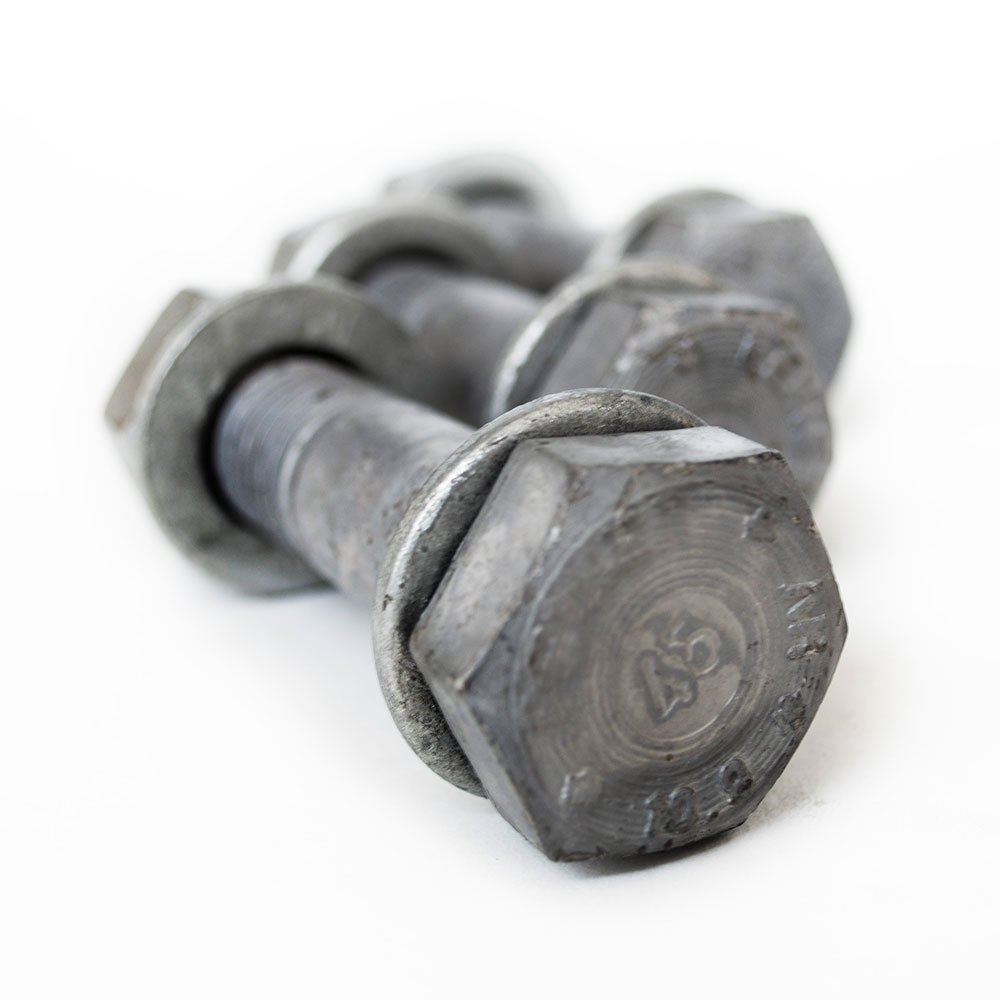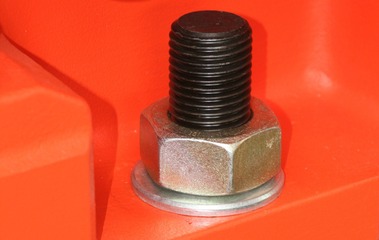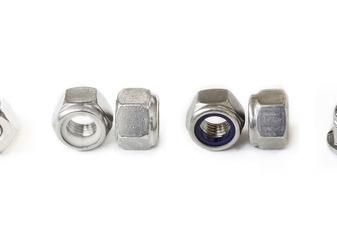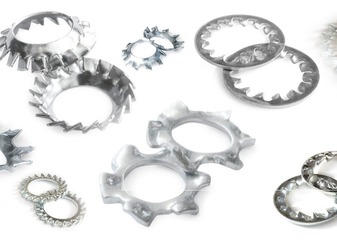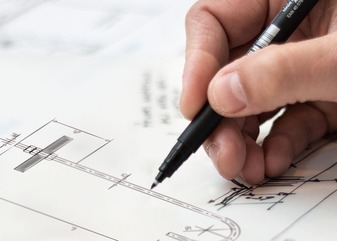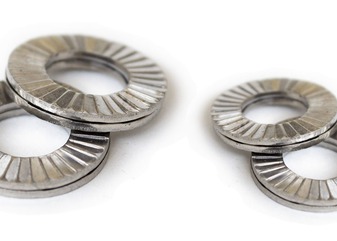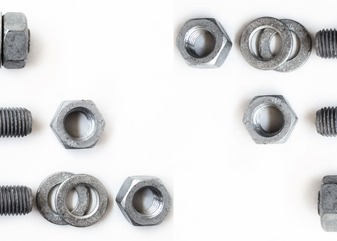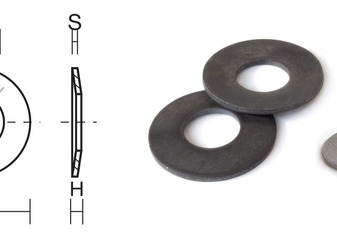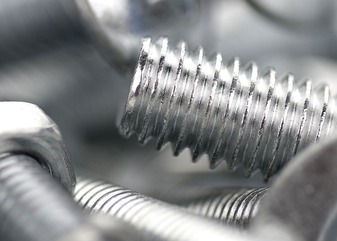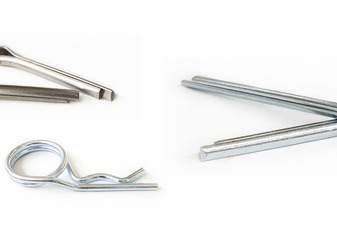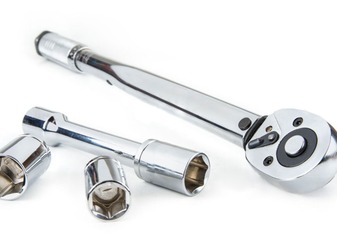Assembling objects, tools, or furniture is an activity that requires secure tightening, thus tightening the used elements to the right point. This activity cannot be left to chance but it is appropriate to know well the torque values of bolts, nuts, or screws, that is the force with which the parts are assembled. To perform screwing with precision, the tool par excellence to use is the torque wrench, or torquemeter, a tool that allows controlled and measured tightening.
But how is the torque wrench used, how many types are there, and how do you choose the right one?
 Added to quote
Added to quote